There are a lot of things that go into the fighter acquisition process, so it’s not unusual to pass on some amazing-yet-costly creations. Let’s take a look at the 5 fighters America could have gotten:
-
General Dynamics F-16XL
3 years after the F-16 first took flight, its designers came up with the F-16 Supersonic Cruise and Maneuver Prototype or SCAMP.
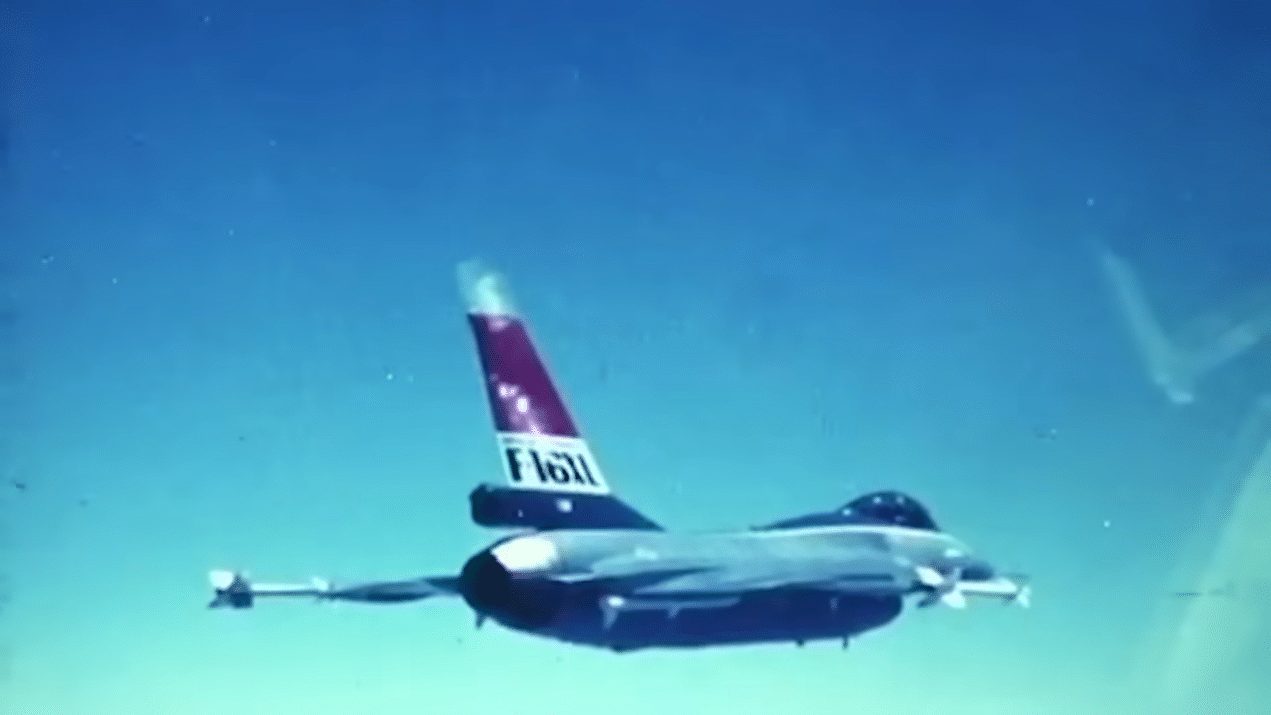
To accomplish this goal, the F-16’s wings had to incorporate a cranked arrow delta shape to add 25% more lift. More modifications were greenlit until they arrived at ‘Model 400,’ which had a 50-degree near the wing’s root for supersonic performance, and another 70-degree angle where the wings extended for subsonic handling.
The added wing surface even allowed the F-16 to get up to 27 hardpoints on the wings for different bomb configurations.
-
McDonnell Douglas A-12 Avenger II
Meant to serve on carriers, the A-12 was considered “HUGE” for carrier wing standards. With a wingspan 6 feet longer than the F-14 Tomcat, the A-12 had a flying wing design similar to the B-2 Spirit.
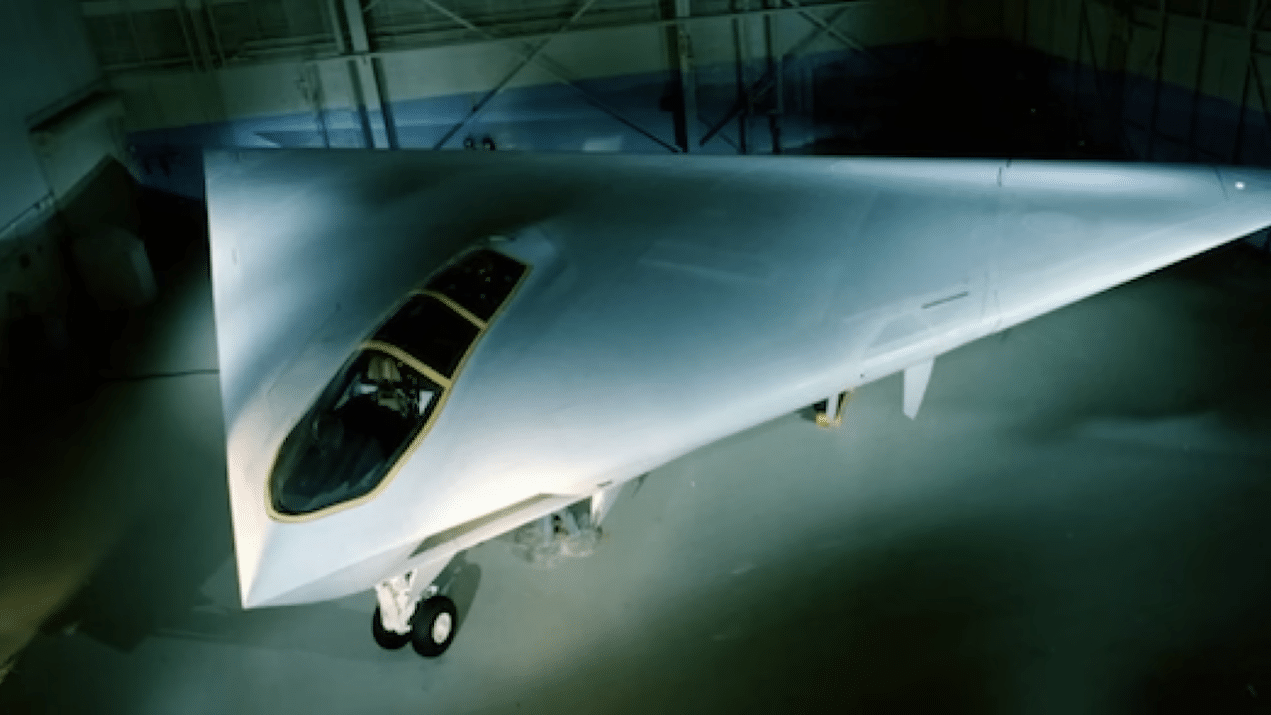
But even though the A-12 was slower than some planes, it did have its own onboard fire control radar to help facilitate air-to-air combat.
When this aircraft was canceled in 1991, it was already too overweight, over budget, and way behind schedule. Because of this, the US Navy would wait 2.5 decades more to have its own stealth fighter.
-
Lockheed YF-12
YF-12s had a second cockpit for its Fire Control Officer tasked to manage its air-to-air missiles. Most importantly, it had 4 weapons bays:
The first was converted to house Fire Control Equipment, while the other three had AIM-47 Falcons, which were the predecessors to the AIM-54 Phoenix.
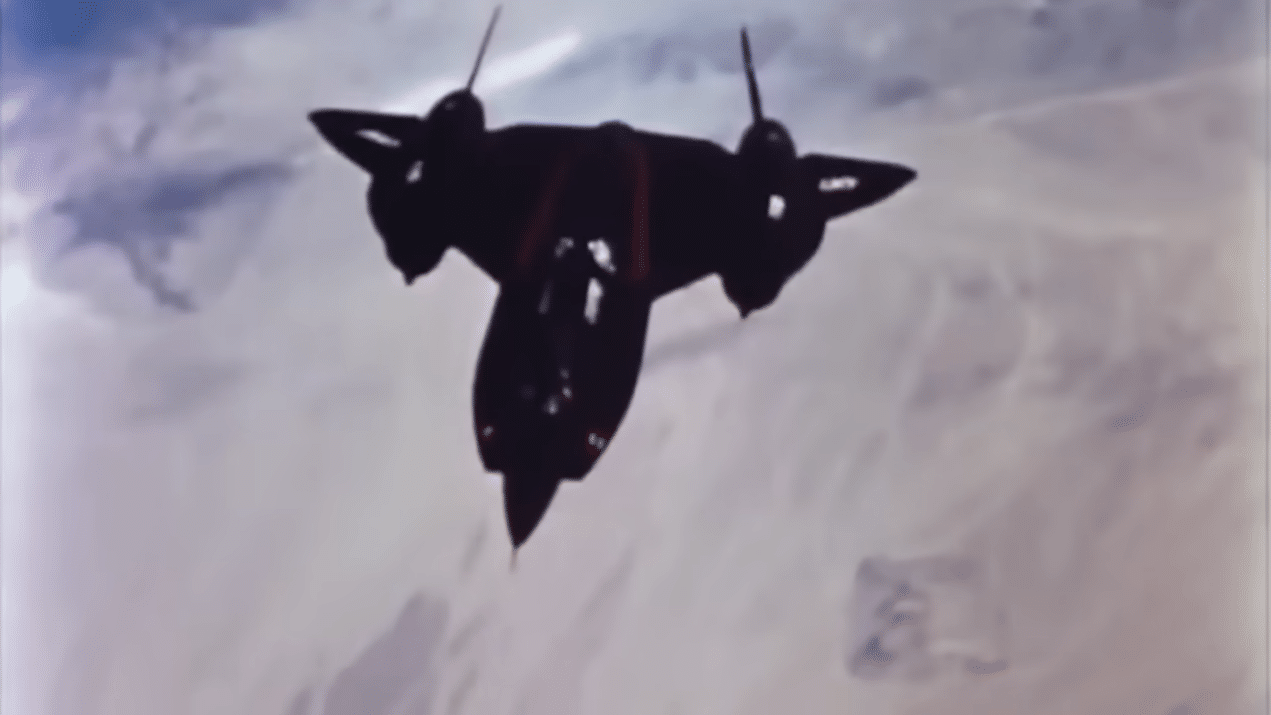
It didn’t take long for the USAF to order 93 of these aircraft for service, but Russia’s intercontinental ballistic missiles readily reduced the need for such high-speed interceptors.
-
Grumman ASF-14 Super Tomcat
There were a lot of proposals to modernize the Tomcat into the 21st century, but the ASF-14 would have been different.
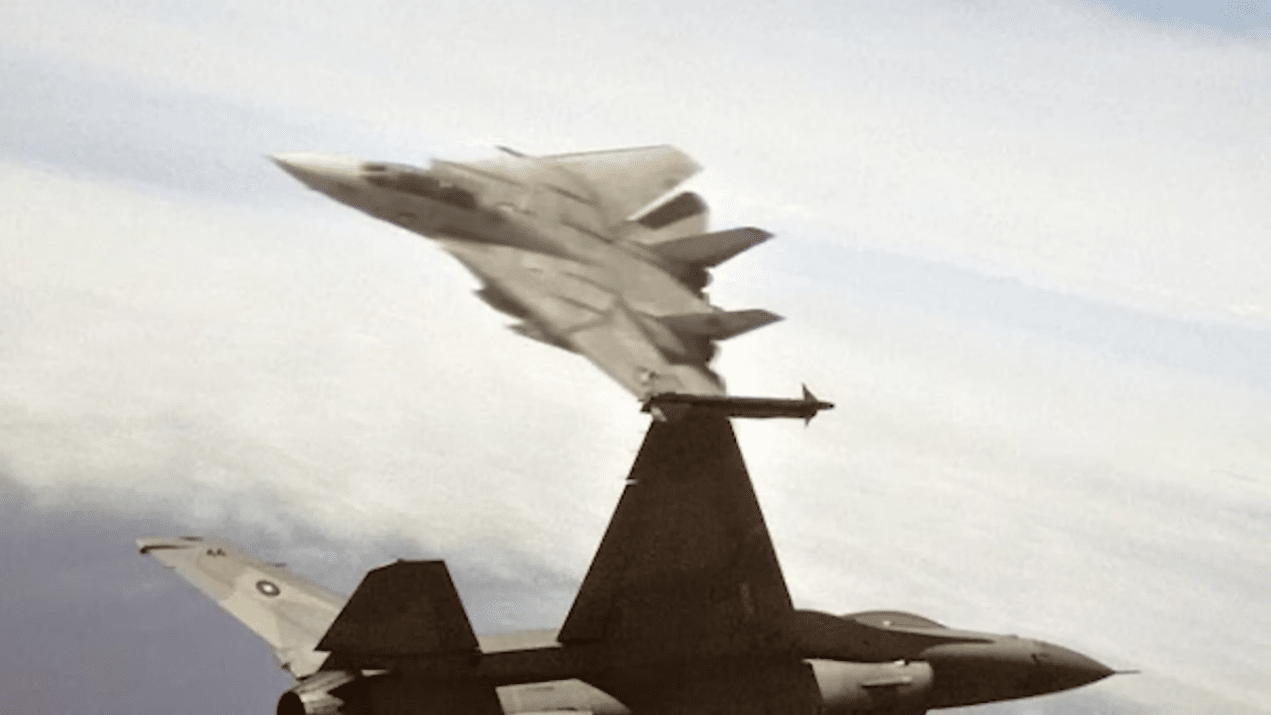
The entirely new aircraft shared a lot of designs with the F-14 – just with way better engines. With its improved powerplants, the ASF-14 had more speed, more range, and the ability to supercruise at Mach 1.3.
In short, it could have been the most capable 4th-Generation fighter in the world.
But despite being cheaper to maintain than old Tomcats, the ASF-14 was still more expensive to procure.
-
Northrop YF-23
The YF-23’s diamond wings reduced its radar signature, while its moving V-tail gave it incredible maneuverability despite not having thrust vector controls like the F-22.
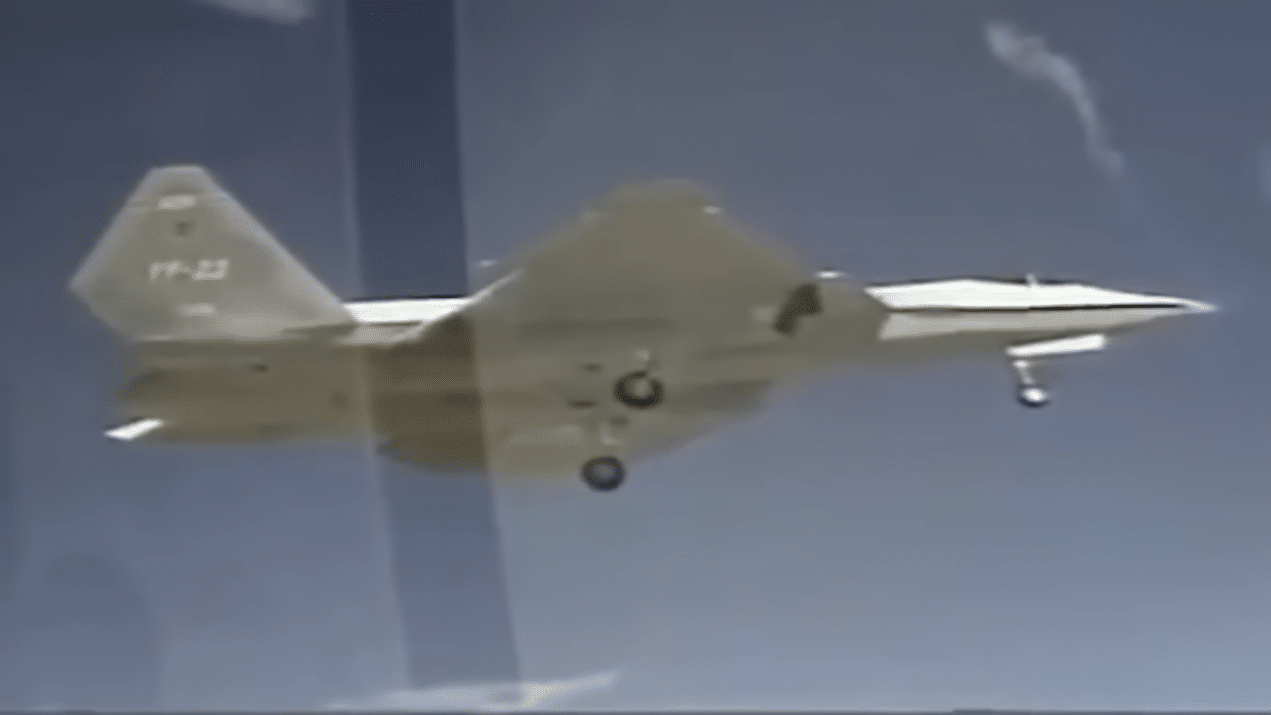
According to reports, the YF-23 could match the F-22’s maneuverability and even had a stealthier profile with more range.
But it really doesn’t matter if the US picked the YF-23 or YF-22 for the Advanced Tactical Fighter Program since it would still result in an incredibly capable platform.



